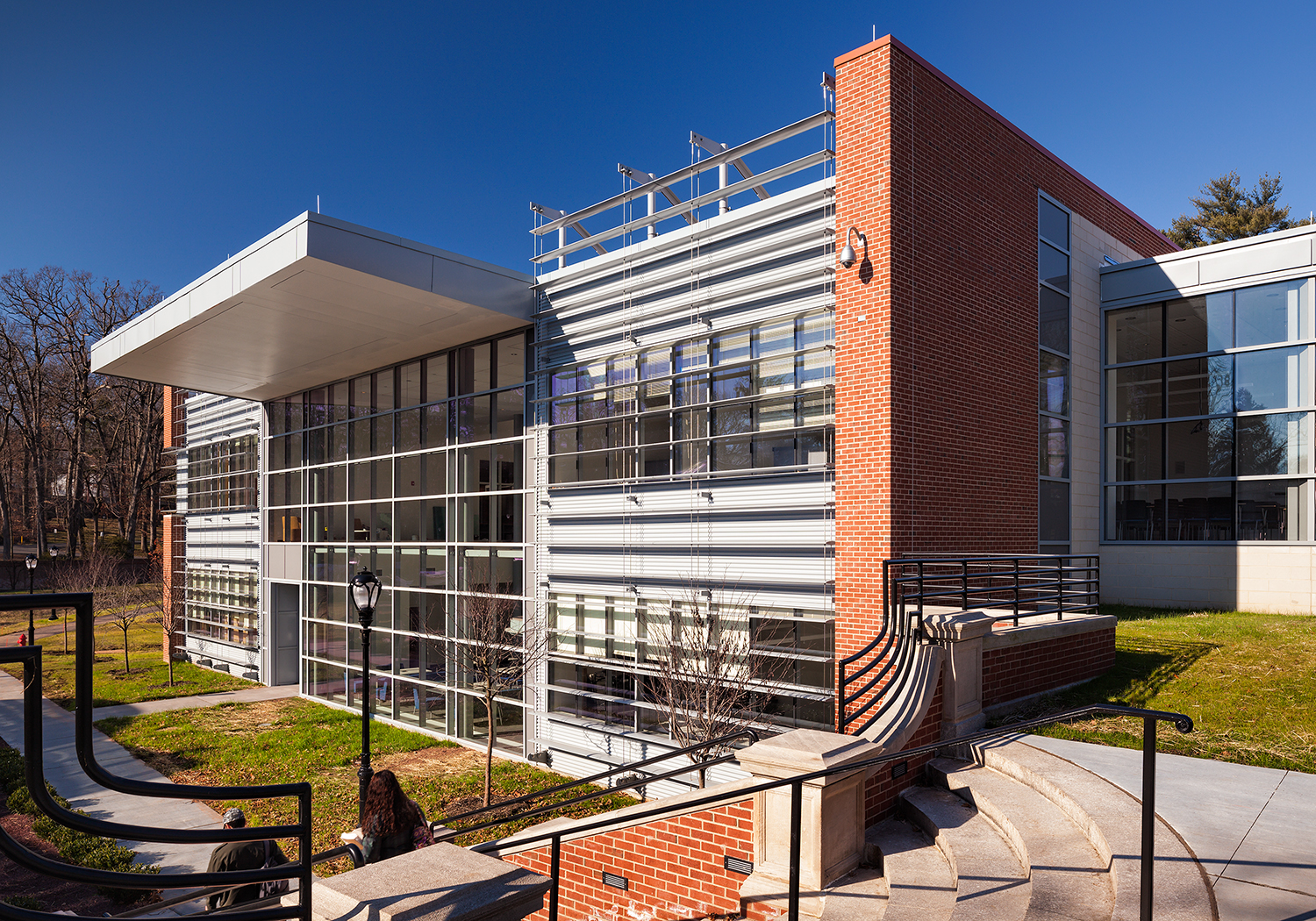The BIM process offers a high level of efficiency unachievable with traditional methods of construction.
Preconstruction activities have been streamlined and major conflicts resolved in the design phase. During construction, 3D coordination of MEP trades is vastly improved, resulting in smoother field installations.
So what happens to the data-loaded BIM model after construction is finished? Torcon is leveraging BIM to ensure our clients and their operations staff have access to this information-rich model in the continuing operation of their new facility.
To read more about the transition from Construction BIM to BIMf ®, please read the full article on Modern Contractor Solutions or download the PDF Version.
Incorporating BIM into Facilities Management:
Torcon Facilities Solutions in partnership with ARCHIBUS had the honor of a feature presentation at the IFMA World Workplace Expo in New Orleans this past September.
The topic of the presentation was ” Incorporating BIM into Facilities Management”. This standing room only session was attended by well over 75 people, from all over the country, looking to increase the efficiency of their organization.
We discussed the turnover of a BIM model post construction, the values of current as-built documents, ARCHIBUS integration, and the value of secure cloud-based model hosting. A lively question and answer period followed. The presentation covering topics such as these:
- I have a BIM model but don’t know what to do with it.
- How does ARCHIBUS link to a REVIT model?
- How can I use a BIM model if I don’t have Revit?
- How can I bring my as-built documents up to date?
Technology Producing Efficiency:
How can owners capture the proven efficiency of BIM that designers have so easily adapted?
Design and construction professionals have looked to technology to create efficiency for both their design and their workflow. CAD has long since replaced the pencil as the requisite design tool in the industry. In the most basic of terms, it aids in efficient design. The last ten years have seen a revolution with the rapid implementation of building information modeling (BIM), which has truly enhanced CAD design.
Top 5 Things BIMf Can Do For You:
Building Information Management for Facilities (BIMf) has taken root within the facilities community as a tool for designers and construction professionals interested in maintaining a competitive edge. The adoption of BIM technology supports the ongoing activity in sustaining a facility throughout its lifecycle and helps to save valuable time and money, according to national and private studies. More often than not, a facilities department struggles with annual budget cuts and is relegated to finding ways to do more with less. The following are five examples of how technology and BIMf will aid the facilities professional in continuing to provide the highest quality support and maintenance through the entire lifecycle of their properties.
Sustainability has become a primary focus in many organizations including government mandated goals and corporate cultures. This has driven design in new construction and is now influencing existing building operations. As evolutions occur to address the sustainability requirements, maintaining up to date as-built documentation becomes critical in future maintenance and operational tasks.
Complex Building Systems are increasing in popularity; however, they present a challenge to the FM professional in training, documentation and visualization. Handheld devices such as iPads and tablets have been incorporated into the workflow of an FM professional to allow them access to ‘see behind walls’ by linking a BIM model with a facilities management program, offering a never before opportunity to diagnose problems in pixels rather than demolishing sheetrock and steel.
Aging Buildings and Infrastructure are a fact of life. As we come out of a global recession, FM professionals are faced with many “repair or replace” decisions. Often, these mechanical systems have reached or exceeded their maximum life expectancy. As these decisions are made, technologies such as BIMf will address the challenges of sustainability, complexity and as-built documentation.
Energy Efficiency is on everyone’s mind as we seek to become less dependent on fossil fuels and reach attainable goals of net 0 buildings. Utilizing a BIM model in making facility decisions will allow for a simulated scenario in energy studies, calculating ROI, and making the smart decisions that can make the FM professional indispensable.
If it’s not on your mind, succession planning should be. FM directors are happy when their team is performing at its best. Often these teams know everything about their campus because they have been employed in the same job for 20 years or more. What happens when they retire? Up to date as-built data and handheld technology linked to a facility management program are two factors that can instantly add 10 years of experience to a younger team. In the last 50 years, technology has made leaps and bounds to propel society to the next level. It soon becomes easy to visualize how BIMf will allow us, as FM professionals, to move from ‘the way we have always done things’ to that next level.


